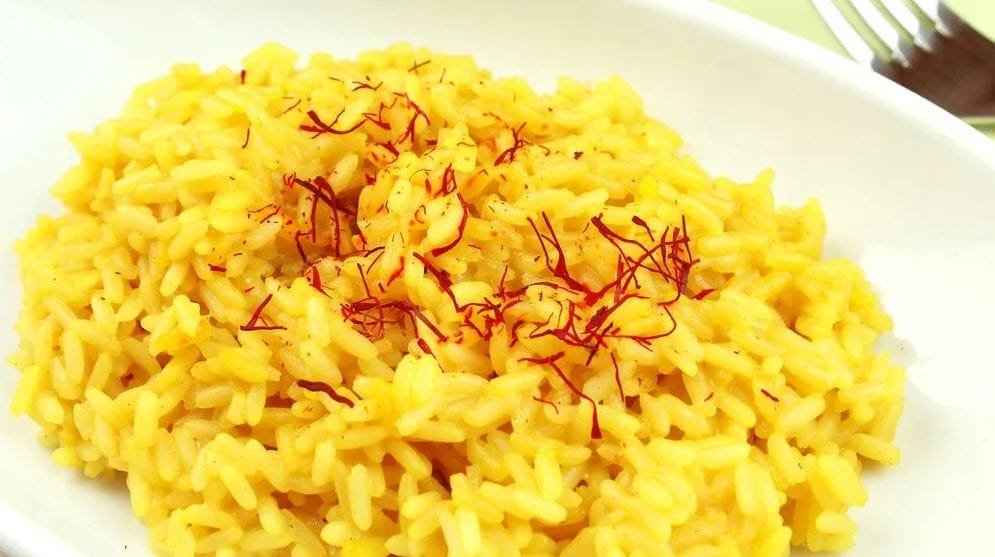 North Khorasan saffron :Beginning of Harvest Season for Saffron in North Khorasan
North Khorasan saffron :Beginning of Harvest Season for Saffron in North Khorasan
North Khorasan saffron : The saffron harvest has commenced in North Khorasan, with an estimated yield of 29 tons from the province’s saffron farms. According to Safdar Safdari, Head of the Horticulture Affairs Department at the North Khorasan Agriculture Organization, the province ranks third in saffron production in Iran, contributing 9% of the country’s output.
Key Producers in the Province
Nearly 4,600 saffron producers operate in the province, with Farouj leading production at 74%, followed by Shirvan and Esfarayen. Safdari highlighted that saffron cultivation spans 4,800 hectares in the province.
Expansion of Medicinal Plants in the Province
North Khorasan saffron : Safdari emphasized the province’s potential for cultivating medicinal plants like saffron due to its unique climate and recurring droughts. Over the past decade, saffron farms have grown significantly, from 1,238 hectares to 4,800 hectares. North Khorasan currently holds the seventh position in Iran for medicinal plant cultivation, covering approximately 10,500 hectares with plants such as saffron, cumin, and rose.
TANA Event Focuses on Saffron
The TANA event recently spotlighted saffron, aiming to enhance bulb production, improve packaging, prevent raw product sales, and train saffron growers. Safdari noted that eight processing and complementary units currently support medicinal plant production, particularly saffron, in the province.
North Khorasan saffron : Efforts for Mechanized Saffron Harvesting
North Khorasan saffron : Safdari advocated for mechanized saffron harvesting to address labor shortages during peak seasons. A local company is already developing machines to meet this need. With over 10 to 15 workers required per hectare during peak harvesting, mechanization can significantly reduce labor challenges.
Saffron Exports and Yield Data
Last year, the province exported 42 kilograms of saffron to the Gulf countries, the UAE, and Italy. Farouj remains the top saffron-producing area in North Khorasan, contributing to Iran’s global saffron dominance, where 85% of the world’s saffron is produced.
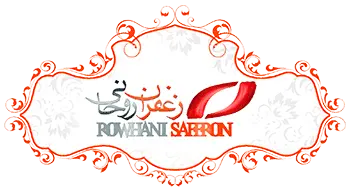

![Exporting Saffron to Turkey + Price Guide [Complete 0 to 100]](https://www.rowhanisaffron.com/wp-content/uploads/f1-372-500x383.jpg)
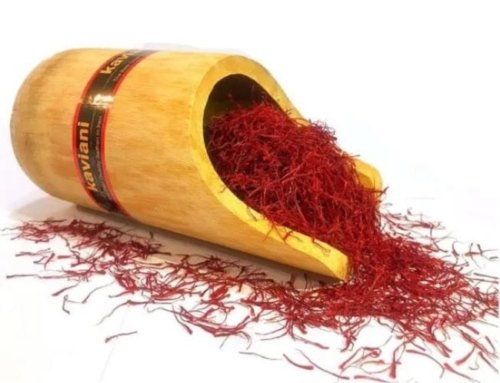

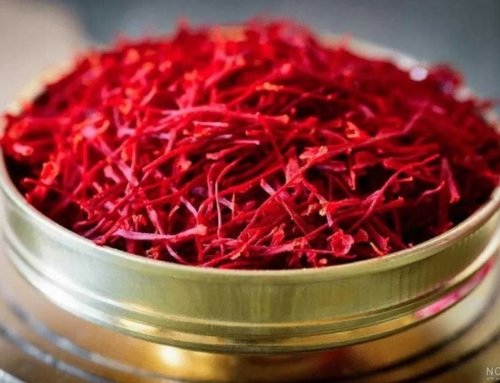
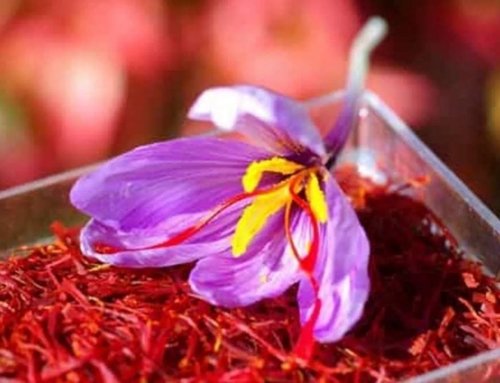
Get Social